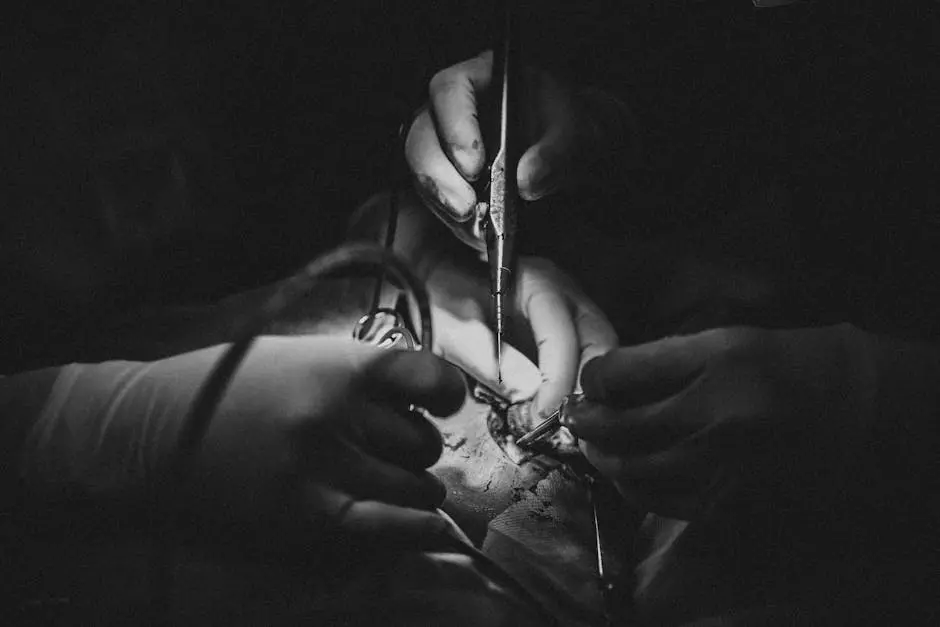Our Blog
How is Choledochal Cystectomy Performed?
September 28, 2024
Choledochal cystectomy is a surgical procedure aimed at removing congenital cysts in the bile duct, known as choledochal cysts. These cysts can lead to serious complications if not treated. In this blog, we will explore how this complex surgery is performed, providing a clear and engaging breakdown of the process for readers.
Overview of Choledochal Cysts
Choledochal cysts are abnormal dilations of the bile duct, which require surgical intervention to prevent complications.
These cysts can vary in size and may present with symptoms such as abdominal pain, jaundice, or nausea. If left untreated, they can lead to serious conditions like biliary obstruction or even pancreatitis.
Understanding choledochal cysts is critical for early detection and effective treatment. Diagnosis often involves imaging techniques like ultrasound or MRI, which can provide detailed insights into the cyst’s characteristics.
With advancements in medical technology, early detection has become more feasible, allowing for timely surgical interventions to prevent the progression of complications.
Pre-operative Assessment
Patients undergo various tests and evaluations to determine the best surgical approach.
The pre-operative assessment is a crucial step in ensuring patient safety and optimizing surgical outcomes. It includes comprehensive medical history assessments, physical examinations, and laboratory tests.
Imaging studies, such as CT scans and MRIs, are essential during this phase, as they provide detailed anatomy of the bile ducts and help surgeons plan for the procedure.
Doctors also discuss the patient’s medical history and any previous surgeries, which can impact the choice of surgical technique. This discussion fosters an individualized approach to treatment.
The care team emphasizes the importance of understanding the procedure, addressing any concerns, and establishing clear communication with patients and their families.
Surgical Techniques Used
Different surgical techniques, such as open surgery and laparoscopic methods, are employed based on the individual case.
During the procedure, the surgeon works to carefully dissect and remove the cyst from the surrounding tissues, ensuring that the bile ducts remain intact.
The choice of technique can depend on factors such as cyst size, patient age, and overall health. Laparoscopic approaches, which are minimally invasive, tend to result in shorter recovery times and reduced post-operative discomfort.
Conversely, some cases may necessitate an open surgical approach to allow better visibility and access for the surgeon.
In complex scenarios, skilled surgeons may coordinate with a multi-disciplinary team to devise a comprehensive surgical plan, ensuring the best care for the patient.
Post-operative Care
After surgery, proper care and monitoring are essential for recovery and minimizing complications.
Patients are typically placed in a recovery area where they can be closely monitored for any signs of complications. Pain management is an important aspect of the post-operative phase, helping to enhance comfort and facilitate recovery.
As the patient begins to recover, they are often encouraged to gradually resume activities, with attention to diet and activity restrictions to promote healing.
Follow-up appointments are crucial to assess the patient’s recovery progress and address any concerns that may arise during the healing process.
Education plays a key role here; healthcare providers share valuable information on what to expect during recovery, guiding patients and their families to ensure a smooth transition back to daily life.
Understanding the Process of Choledochal Cystectomy
In summary, choledochal cystectomy involves careful pre-operative evaluation, a precise surgical approach, and thorough post-operative care. Understanding the steps involved can help demystify the procedure and reassure patients and their families about what to expect.
